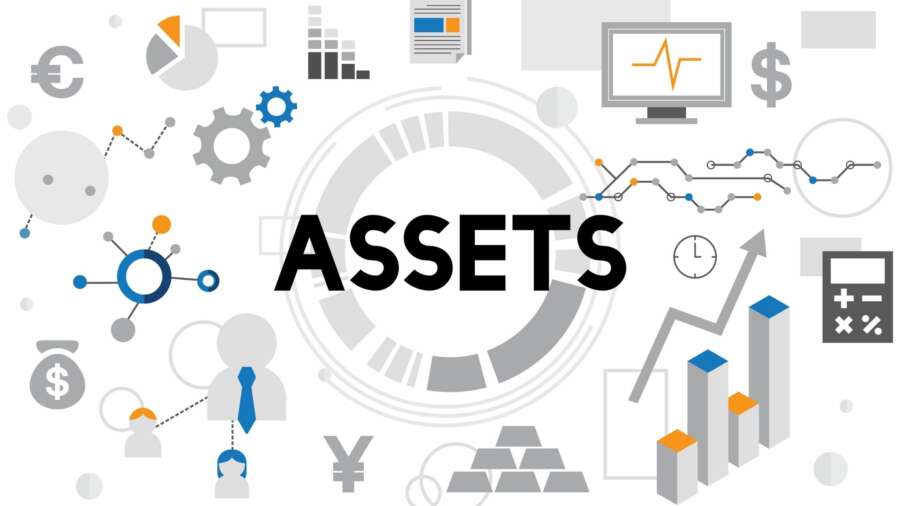Introduction
Building assets in your 20s is an important step towards financial stability and independence. Assets are resources that provide value over time and can generate income or appreciate in value. By building assets in your 20s, you can set yourself up for long-term financial success. In this blog, we will discuss some strategies for building assets in your 20s.
- Start Investing Early
Investing early is one of the most effective ways to build assets in your 20s. The earlier you start investing, the more time your money has to grow. There are many different investment options available, including stocks, bonds, mutual funds, and real estate.
One popular investment strategy is to invest in low-cost index funds, which provide exposure to a broad range of stocks and have historically outperformed actively managed funds. Another strategy is to invest in real estate, either by purchasing a property to rent out or by investing in a real estate investment trust (REIT).
- Build Your Skills and Education
Another way to build assets in your 20s is to invest in your own skills and education. By developing valuable skills and knowledge, you can increase your earning potential and build a foundation for long-term financial success.
Consider pursuing a degree or certification in a high-demand field, such as healthcare or technology. Alternatively, you could develop your skills through apprenticeships, internships, or on-the-job training.
- Start a Side Hustle
Starting a side hustle is a great way to generate extra income and build assets in your 20s. A side hustle can take many forms, from freelance work to selling products online.
Consider your skills and interests when choosing a side hustle. For example, if you are good at graphic design, you could offer your services to small businesses. If you enjoy crafting, you could sell your products on Etsy.
- Live Below Your Means
Living below your means is another important strategy for building assets in your 20s. By keeping your expenses low, you can save more money and invest in your future.
Consider tracking your expenses and creating a budget to identify areas where you can cut back. For example, you could reduce your housing expenses by living with roommates or in a less expensive neighborhood. You could also save money on transportation by biking or taking public transit instead of owning a car.
- Network and Build Relationships
Networking and building relationships can also be a valuable asset-building strategy in your 20s. By connecting with others in your industry or community, you can learn about job and investment opportunities, find mentors, and build a support system.
Consider attending networking events or joining professional organizations in your field. You could also reach out to alumni from your college or university for mentorship and advice.
- Pay Off Debt
Paying off debt is an important step towards building assets in your 20s. High-interest debt, such as credit card debt, can drain your finances and prevent you from investing in your future.
Consider creating a debt repayment plan, starting with the highest-interest debt first. You could also look into consolidating your debt with a lower-interest personal loan or balance transfer credit card.
- Build an Emergency Fund
Building an emergency fund is another important strategy for building assets in your 20s. An emergency fund can provide a financial cushion in case of unexpected expenses, such as a car repair or medical bill.
Consider setting aside three to six months' worth of living expenses in a high-yield savings account or money market fund. You could also automate your savings by setting up automatic transfers from your checking account to your emergency fund.
- Maximize Your Retirement Savings
Maximizing your retirement savings is another important step towards building assets in your 20s. By starting early and contributing regularly, you can take advantage of compounding interest and build a sizable retirement nest egg.
Consider contributing to a 401(k) or individual retirement account (IRA) and taking advantage of any employer matching contributions. You could also consider opening a Roth IRA, which allows you to withdraw your contributions tax-free in retirement.
- Stay Disciplined
Staying disciplined is crucial when building assets in your 20s. Building wealth takes time and patience, and it's important to stay focused on your long-term goals.
Consider setting measurable goals and tracking your progress. You could also consider working with a financial advisor to create a personalized financial plan.
- Keep Learning
Finally, keeping learning is an important part of building assets in your 20s. The financial world is constantly changing, and it's important to stay up-to-date on new investment opportunities, tax laws, and personal finance strategies.
Consider reading financial books and blogs, attending seminars or webinars, and taking online courses. You could also consider working with a financial advisor who can provide personalized guidance and advice.
Conclusion
Building assets in your 20s requires a combination of discipline, patience, and hard work. By paying off debt, building an emergency fund, maximizing your retirement savings, staying disciplined, and keeping learning, you can set yourself up for long-term financial success. Remember, building assets takes time, but the rewards can be significant.

Comments
Post a Comment